1. The Status Quo of Induction Heating Abroad
With the development of power semiconductor devices and power electronic technology, the appearance of induction heating devices is also changing with each passing day, especially the changes in the volume, quality, and performance of the device. For example, the transistor type frequency conversion device of the same capacity is reduced by 2/3 in volume, 2/3 in weight, 1/2 in cooling water, 1/3 in power consumption, and 35% in efficiency compared with the tube-type frequency conversion device. It has a longer service life, is safer and more reliable, and is easy to realize automatic control. It is helpful to improve heating efficiency and quality. In addition, induction heating device has a smaller maintenance workload and can be opened at any time.
The technological development and application of induction heating devices in industrially developed countries such as Germany, the United States, the United Kingdom, France, Japan, Italy, Spain, Belgium, and Russia are in the forefront of the world.
2. Domestic Development of Induction Heating and Current Situation
The application of domestic induction heating technology began in the 1950s, and the development of induction heating was mainly after the reform and opening up, and it was mainly used in the manufacturing of machine tools, automobiles, and tractors. Induction heating is concentrated on the surface quenching of the workpiece, while the application of smelting and diathermy is less. Almost all of the induction heating technology comes from the former Soviet Union and the Czech Republic. In the 1980s, Zhejiang University independently developed the first parallel thyristor intermediate frequency power supply and promoted it nationwide.
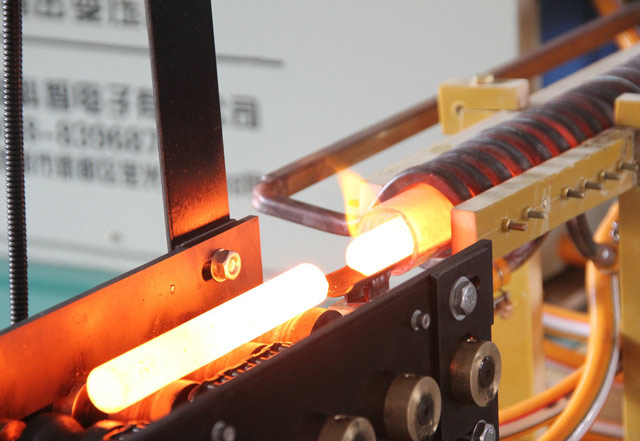
In the 1990s, some foreign induction furnace companies directly came to China to set up factories, such as Yingda Induction Heating Company and Bile Company in the United States, competing with domestic manufacturers in the same industry. Their products have high technology content, large power supply, complete brands, large furnace tonnage, and large production lines, occupying a large part of the domestic market. Only the high price of their equipment (approximately 1/5 of the price of domestic products with the same performance) has enabled domestic manufacturers to have a certain market development space.
3. Features of Induction Heating
(1) The induction heating temperature is high, and it is non-contact heating.
(2) High heating efficiency.
(3) Fast heating speed.
(4) The induction heating temperature is easy to control.
(5) It can be heated locally.
(6) It is easy to realize automatic control.
(7) The working environment is good, and there is almost no noise and dust.
(8) Less work area and high production efficiency
(9) It can heat workpieces with complex shapes.
(10) The workpiece is easy to heat evenly, and the product quality is good.
(11) The solution has electromagnetic stirring effect during smelting. The composition of the molten metal can be adjusted uniformly, and the temperature of the solution is uniform without local high temperature. Less metal burns, which is more important for smelting rare metals.
4. The Development Trend of Induction Heating Devices
The induction heating device is composed of two parts, one is an AC power supply that provides energy, also called a variable frequency power supply, and the other is an induction coil and mechanical structure that completes the conversion of electromagnetic induction energy, called an induction furnace. Variable frequency power supply is divided into power frequency, intermediate frequency and high frequency.
(1) High-frequency heating equipment
It has a set of equipment that converts 50Hz AC power into high frequency (70 000~1000000Hz) electric energy, usually using electronic tube high frequency generator.
(2) Intermediate frequency heating equipment
There is also a set of equipment that converts 50Hz power frequency into intermediate frequency (500~10 000Hz) electric energy, usually intermediate frequency generator (low power factor) and thyristor inverter.
(3) Power frequency induction heating equipment
The power frequency of the inductor is the same as the frequency of the power grid, that is, 50 Hz, so energy can be drawn directly from the power grid. The fly in the ointment is that the power factor is too low.
With the development of market demand, the development of induction heating devices shows that the power supply has become high-frequency with the large-capacity of power electronic power devices, the control simulation of electronic technology devices has developed to digital, automatic control to intelligent, and the development of induction heating devices The trend presents the following characteristics:
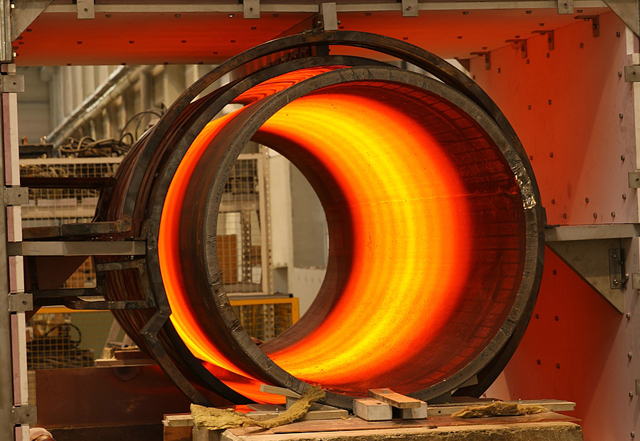
(1) The power supply tends to be high-frequency and large-capacity
The mid-frequency band of induction heating power supply mainly uses thyristors; the super-audio frequency band mainly uses IGBT; the high-frequency band was originally SIT, and now the main development of MOSFET power supply. Power supplies using IGCT have also begun to appear. The need for high-frequency power supplies gave birth to new power devices, which in turn promoted the development of high-frequency power supplies. Large-capacity induction heating power supplies, such as tens of megawatts and hundreds of megawatts, are achievable.
(2) Induction heating devices tend to be mechanized and automated
In recent years, with the rapid development of mechatronics, computer, information and control, equipment automation, new materials, new technology, etc., the process of casting, forging and heat treatment tends to be digital and precise. Reflected in the heating demand trend: digital manufacturing is integrated into the casting and forging process, including heating and melting equipment; casting and forging short-process production requires reducing resource waste; large-scale casting and forging production requires industrial energy conservation; and clean production under automated control.
Therefore, under the characteristics of energy saving and environmental protection, induction heating equipment has a trend towards large-scale, automatic and intelligent control in response to market demand.

 en
en  cn
cn  jp
jp  ko
ko  de
de  es
es  it
it  ru
ru  pt
pt  th
th  vi
vi  pl
pl 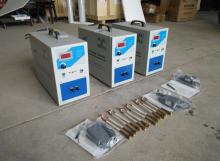
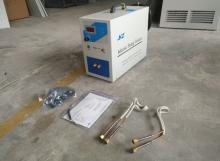
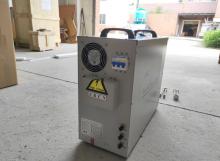
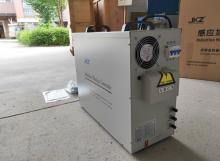
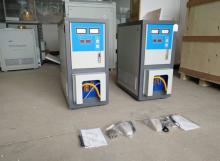
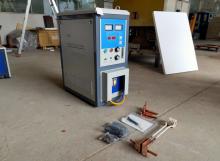
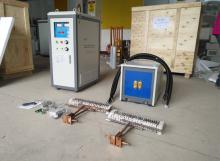

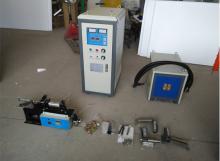
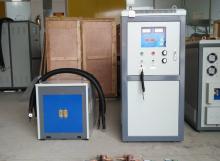
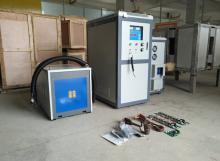
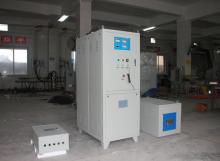
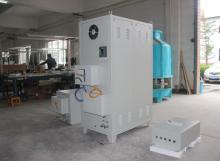
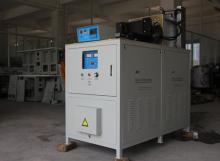
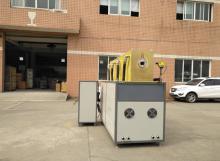
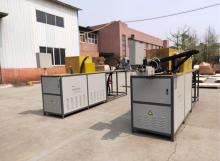
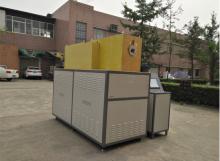
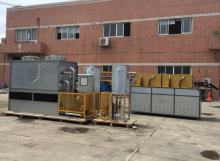
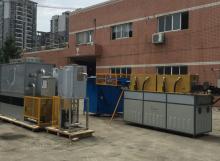
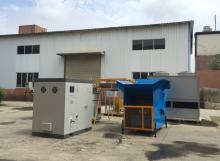
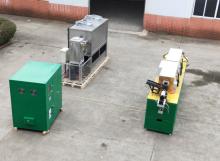
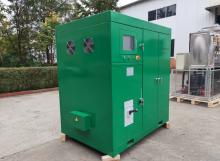
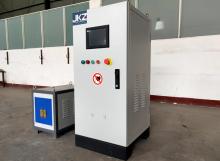
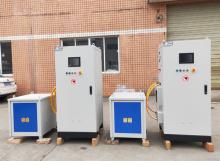
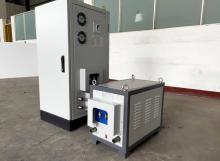


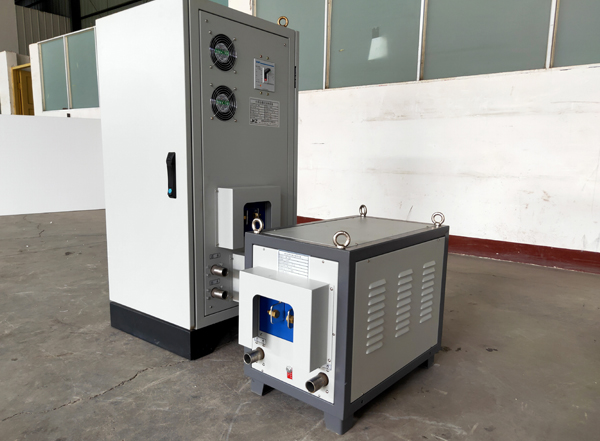
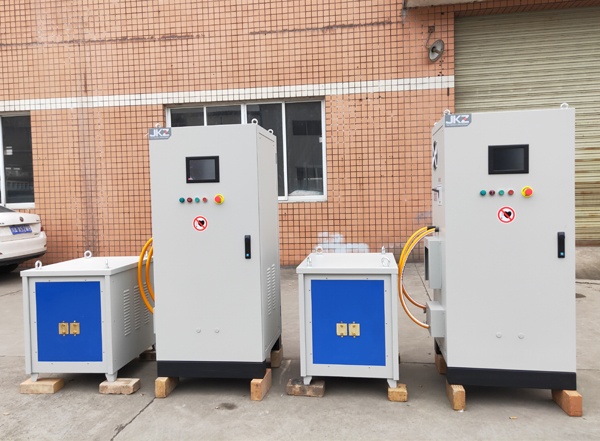
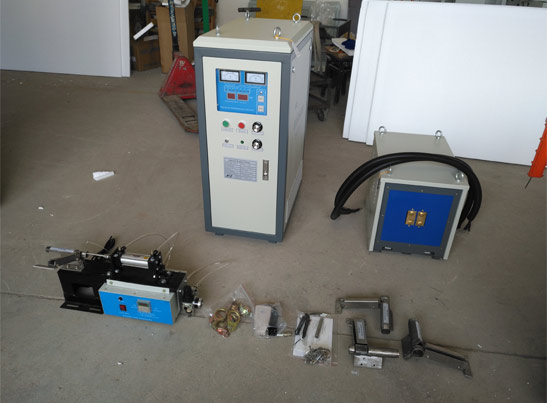

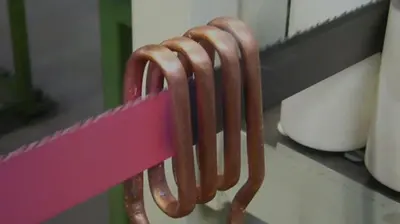
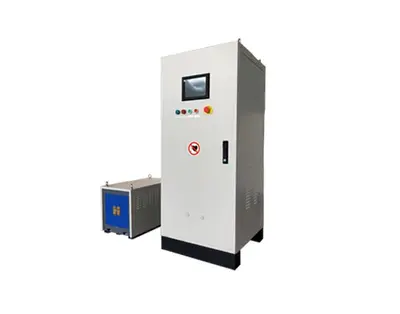



 Call us on:
Call us on:  Email Us:
Email Us:  NO. 688th South Baoguang Road, Xindu District, Chengdu City, Sichuan Province, China
NO. 688th South Baoguang Road, Xindu District, Chengdu City, Sichuan Province, China